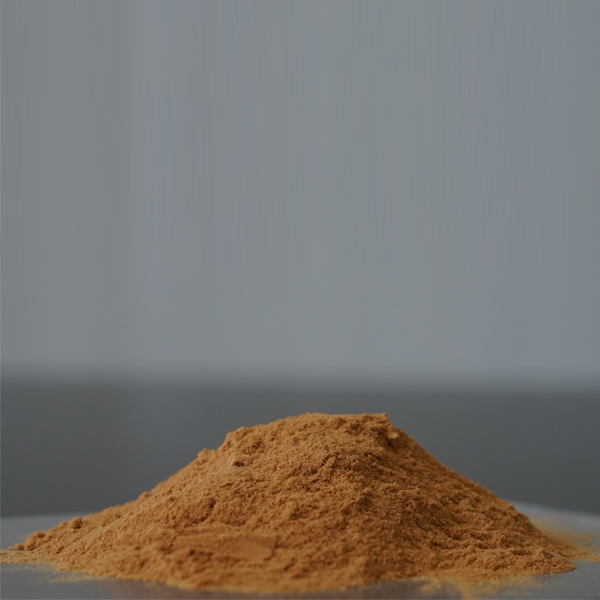
News
pro . 06, 2024 14:59 Back to list
Understanding the Benefits of OEM EDDHA-FE for Agricultural Applications
Understanding OEM EDDHA-FE Its Role and Significance in Agriculture
In the ever-evolving landscape of agriculture, the demand for efficient and effective fertilizers has propelled the development of various specialized products. One such innovative product is OEM EDDHA-FE, a chelated iron fertilizer that has garnered significant attention due to its ability to promote optimal plant growth. This article delves into the composition of EDDHA-FE, its benefits, and its applications in modern agriculture.
What is EDDHA-FE?
EDDHA-FE stands for Ethylenediamine-N,N'-diacetic acid (EDDA) combined with ferric iron (Fe). This compound is a chelate, meaning it forms a stable complex with iron ions, making the nutrient readily available for plant uptake. Iron is an essential micronutrient necessary for various plant functions, including chlorophyll synthesis, respiration, and photosynthesis. However, iron is often present in soil in a form that plants cannot absorb, particularly in alkaline conditions. EDDHA-FE acts to combat this issue by ensuring that iron remains soluble and available to plants, even in adverse soil conditions.
Benefits of EDDHA-FE
1. Enhanced Iron Availability The primary benefit of EDDHA-FE is its ability to provide iron to plants that might otherwise be deficient in this vital nutrient. This chelate remains soluble at a wide range of pH levels, which is particularly advantageous in alkaline soils where iron availability typically decreases.
2. Improved Plant Health By supplying iron efficiently, EDDHA-FE promotes healthier plants with improved photosynthesis and overall growth. Plants with adequate iron levels exhibit robust leaf coloration, typically deep green, which indicates healthy chlorophyll production. This is crucial for crop yield and quality.
3. Versatility in Application EDDHA-FE can be utilized in various agricultural practices, including foliar sprays, soil applications, and fertigation systems. This versatility allows farmers to tailor their application methods depending on specific crop needs and soil conditions.
4. Compatibility with Other Fertilizers The formulation of EDDHA-FE is designed to be compatible with other fertilizer products. This characteristic allows for the integration of EDDHA-FE into comprehensive nutrient management plans, promoting synergistic effects when used alongside other macro and micronutrients.
oem eddha-fe

5. Environmental Benefits With the ongoing emphasis on sustainable agriculture, EDDHA-FE presents a valuable option for minimizing nutrient runoff and waste. By enhancing nutrient absorption efficiency, it helps lower the overall quantity of fertilizer needed, thereby reducing the environmental footprint associated with agricultural practices.
Applications of OEM EDDHA-FE
OEM EDDHA-FE finds its applications across a variety of agricultural sectors. It is especially beneficial in
- Fruit and Vegetable Crops Crops like tomatoes, strawberries, and leafy greens, which are sensitive to iron deficiencies, significantly benefit from EDDHA-FE applications. These crops often exhibit improved coloration, growth rate, and yield when supplemented with this chelated iron compound.
- Ornamental Plants In horticulture, EDDHA-FE is used to maintain the health and aesthetic appeal of ornamental plants. Given the preference for vibrant foliage, its application ensures that plants retain their lush green appearance, vital for marketability.
- Hydroponics EDDHA-FE is widely adopted in hydroponic systems where traditional soil-based treatments are not applicable. In such systems, controlling nutrient bioavailability is crucial, and EDDHA-FE provides reliable iron availability.
Conclusion
In summary, OEM EDDHA-FE is a vital component in contemporary agricultural practices. Its ability to enhance iron availability, promote plant health, and support sustainable practices makes it an indispensable tool for farmers and agronomists alike. As agriculture increasingly moves towards precision farming and sustainable practices, products like EDDHA-FE will undoubtedly play a crucial role in ensuring food security and environmental sustainability. By embracing such innovations, the agricultural sector can meet the challenges of the future while maximizing productivity and minimizing ecological impact.
-
Polyaspartic Acid Salts in Agricultural Fertilizers: A Sustainable Solution
NewsJul.21,2025
-
OEM Chelating Agent Preservative Supplier & Manufacturer High-Quality Customized Solutions
NewsJul.08,2025
-
OEM Potassium Chelating Agent Manufacturer - Custom Potassium Oxalate & Citrate Solutions
NewsJul.08,2025
-
OEM Pentasodium DTPA Chelating Agent Supplier & Manufacturer High Purity & Cost-Effective Solutions
NewsJul.08,2025
-
High-Efficiency Chelated Trace Elements Fertilizer Bulk Supplier & Manufacturer Quotes
NewsJul.07,2025
-
High Quality K Formation for a Chelating Agent – Reliable Manufacturer & Supplier
NewsJul.07,2025
